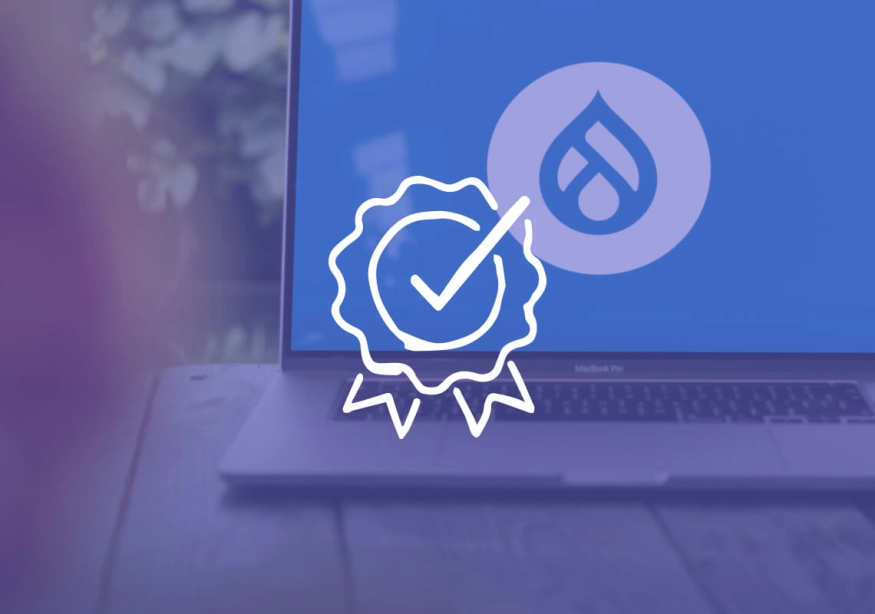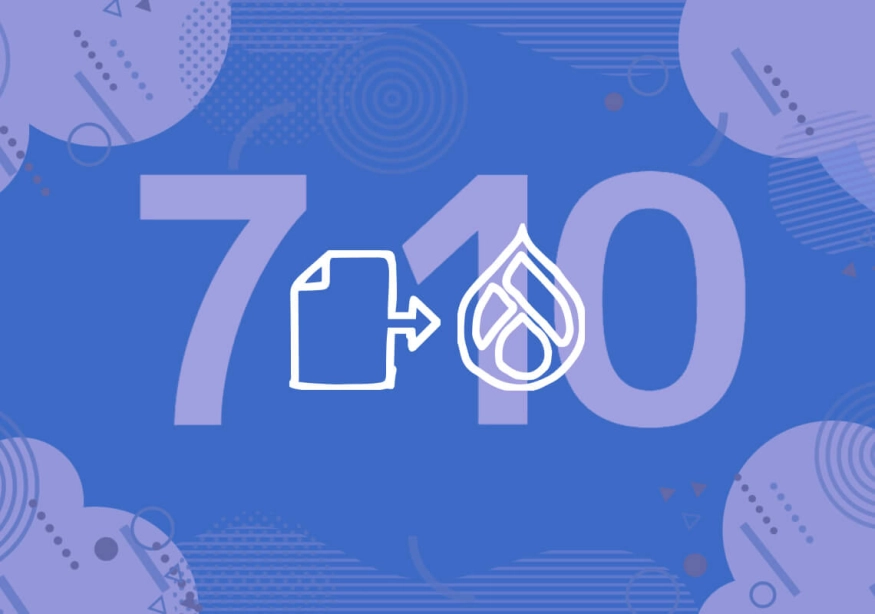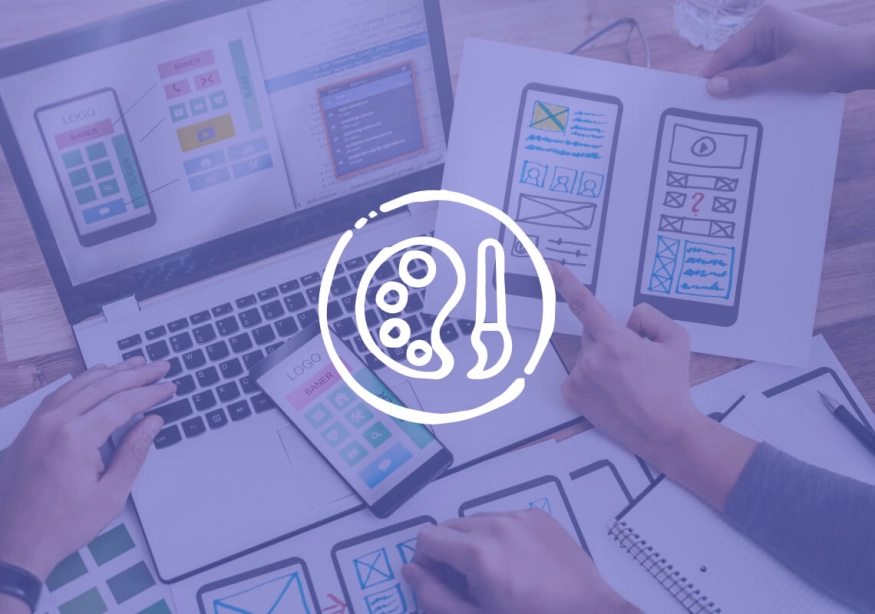Drupal 7, one of the most popular content management systems (CMS) in the world, is reaching its end of life. This means that after a long and successful run, Drupal 7 will no longer receive official support or security updates from the Drupal community. The time has come for Drupal 7 users to start preparing for the inevitable transition to a newer version or an alternative CMS. In this article, we will explore the implications of Drupal 7's end of life and provide insights into how to navigate this important transition.
Understanding the Drupal 7 End of Life
Before diving into the details of what the end of life for Drupal 7 entails, it's important to have a clear understanding of the concept itself. In the context of software, end of life refers to the point at which a particular version of a product is no longer actively supported by its developers. This means that the Drupal community will no longer release updates or security patches for Drupal 7. While Drupal 7 websites will continue to function, the lack of ongoing support puts them at a higher risk of security vulnerabilities and compatibility issues in the future.
What Does End of Life Mean for Drupal 7?
With the end of life approaching, Drupal 7 users need to be aware of the implications it brings. First and foremost, without the official support from the Drupal community, any security vulnerabilities discovered in Drupal 7 will not receive patches or fixes. This puts websites running on Drupal 7 at an increased risk of being targeted by malicious actors seeking to exploit these vulnerabilities.
Furthermore, the end of life for Drupal 7 also means that new features and enhancements introduced in newer versions, such as Drupal 8 and 9, will not be available to Drupal 7 users. This can limit the ability of Drupal 7 websites to keep up with the ever-evolving landscape of web development and may hinder their ability to provide the latest user experiences and functionalities.
Additionally, as other Drupal modules and themes evolve and release new versions, the compatibility with Drupal 7 may start to diminish. This means that maintaining an up-to-date and secure website may become increasingly challenging as time goes on. It's also important to note that the official Drupal 7 documentation and community support resources will no longer be actively updated, making it harder for users to find assistance or guidance.
Why is Drupal 7 Reaching its End of Life?
The decision to end support for Drupal 7 was not an arbitrary one. Instead, it reflects the Drupal community's commitment to ongoing innovation and improvement. With the release of Drupal 8 back in 2015, the community introduced a range of new features and enhancements that significantly improved the CMS's capabilities. To keep up with this progression, the community decided to focus their efforts on supporting the most recent versions and gradually phasing out older ones.
By moving away from Drupal 7, the community can allocate more resources to the development and improvement of newer versions like Drupal 8 and 9. This allows them to stay ahead of emerging trends in web development and provide users with the most advanced tools and technologies available. It also encourages website owners to embrace the benefits and opportunities offered by the latest Drupal versions, enabling them to leverage cutting-edge features and stay competitive in the ever-changing digital landscape.
While the end of life for Drupal 7 may require some adjustments and updates for website owners, it ultimately represents a step forward in the evolution of the Drupal platform. By embracing the latest versions, users can take advantage of the continued support, enhanced security, and improved functionalities that come with the ongoing development of Drupal.
The Impact of Drupal 7's End of Life
Now that we understand the reasoning behind the end of life decision, let's explore the impact it will have on current Drupal 7 users.
How Will This Affect Current Drupal 7 Users?
For organizations or individuals currently running a website on Drupal 7, the end of life announcement means that they need to evaluate their options and choose a future-proof strategy. Continuing to use Drupal 7 without the support of the community poses significant risks, as it may leave the website vulnerable to security breaches or functionality issues.
To mitigate these risks, Drupal 7 users have two main options. The first option is to migrate their website to a newer version of Drupal, like Drupal 8 or 9. The second option is to explore alternative CMS platforms that better suit their needs. Both options come with their own advantages and challenges, and it's essential to carefully consider the specific requirements and goals of the website before making a decision.
Potential Security Risks Post End of Life
One of the most pressing concerns for Drupal 7 users after the end of life is the increased security risks they may face. Without the ongoing security updates provided by the Drupal community, websites running on Drupal 7 become attractive targets for hackers and malicious actors.
As time passes, security vulnerabilities will continue to emerge, and Drupal 7 websites will be defenseless against them. This makes it imperative for website owners to take prompt action and either migrate to a supported version of Drupal or choose an alternative CMS that ensures regular security updates.
Preparing for the Transition
Transitioning from Drupal 7 requires careful planning and assessment of your current Drupal setup. It's important to evaluate your website's unique features, modules, and customizations to ensure a smooth migration process.
Evaluating Your Current Drupal 7 Setup
Before making any decisions, take the time to thoroughly evaluate your Drupal 7 website. Identify the modules and themes in use, as well as any custom functionality that has been implemented. This assessment will help you understand the complexity of the migration process and identify potential challenges.
Make a list of the modules and themes that are essential for your website's functionality. Research if these modules have been ported or have equivalents for Drupal 8 or 9. This will give you an idea of the level of effort required to migrate your website to a supported version and ensure that all critical features are maintained.
Planning Your Migration Strategy
With a clear understanding of your website's setup, it's important to develop a comprehensive migration strategy. Determine the best approach for your specific case, whether it's a direct upgrade to Drupal 8 or 9 or a phased migration involving intermediate steps.
Consider reaching out to Drupal migration experts who can provide guidance and support throughout the process. They can help you navigate potential challenges and ensure a smooth transition that minimizes disruption to your website and ensures data integrity.
Exploring Alternatives to Drupal 7
While migrating to a newer version of Drupal is one option, it's important to consider alternative CMS platforms that may better suit your needs.
Transitioning to Drupal 8 or 9
If you're already familiar with Drupal and its ecosystem, migrating to Drupal 8 or 9 could be a logical choice. These versions build upon the foundation of Drupal 7 while introducing new features, improved performance, and enhanced security. It's worth examining the specific benefits that Drupal 8 or 9 can offer to determine if they align with your website's requirements.
Considering Other Content Management Systems
Alternatively, if Drupal 8 or 9 does not meet your needs, it's worth exploring other CMS platforms. There are numerous alternatives available, each with its own strengths and weaknesses. Consider factors such as ease of use, scalability, community support, and available features when evaluating alternative CMS options.
Popular alternatives to Drupal include WordPress, Joomla, and Magento, among others. Each platform has its own unique features and community, so it's essential to research and test them to find the best fit for your website.
Making the Most of Drupal 7 Before End of Life
Until the end of life date arrives, it's crucial to make the most out of your Drupal 7 installation and ensure your website remains secure and up-to-date.
Maximizing Current Drupal 7 Features
Take advantage of the extensive features and modules available in Drupal 7 to enhance your website's functionality and user experience. This may involve implementing new modules or optimizing existing ones to streamline workflows and improve performance.
Pre-End of Life Maintenance and Updates
While Drupal 7 is still supported, make sure to keep your website up-to-date with the latest security patches and updates provided by the Drupal community. Regularly monitor security advisories and proactively apply patches to address any known vulnerabilities.
Additionally, it's important to follow best practices for website security, such as using strong passwords, regularly backing up your website, and employing proper access controls. These measures will help protect your Drupal 7 website until you are ready to make the transition to a newer version or alternative CMS.
Conclusion
With Drupal 7 approaching its end of life, it's crucial for current users to start planning their transition strategy. Understanding the implications of the end of life for Drupal 7, evaluating your current setup, and exploring alternative CMS options are all vital steps to ensure a smooth and successful transition.
Migrating to a newer version of Drupal, such as Drupal 8 or 9, offers continuity and maintains familiarity with the Drupal ecosystem. However, alternative CMS platforms may better align with specific needs and requirements. Whichever path you choose, it's important to take action promptly and prioritize website security to safeguard against potential risks.
By making informed decisions and preparing for the transition, Drupal 7 users can position themselves for continued success and growth in the ever-evolving digital landscape.



